Using Google Analytics To Write Smarter Content
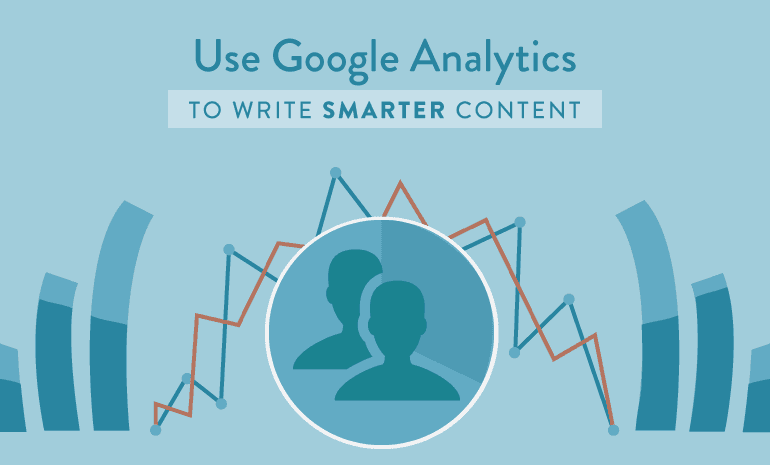 Smart content is content that perfectly fits your audience. But who is your audience? That's the BIG question, isn't it?
Smart content is content that perfectly fits your audience. But who is your audience? That's the BIG question, isn't it?
Smart content is content that perfectly fits your audience. #ContentMarketing
Click To Tweet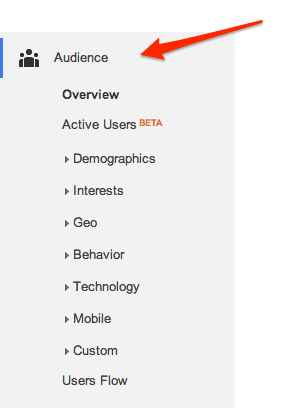 There are four key areas where Google Analytics can tell you specific traits about who is reading your content.
There are four key areas where Google Analytics can tell you specific traits about who is reading your content.
#1 - Demographics: Age And Gender
Google Analytics can give us a good picture of what age and gender our audience is made of. Using CoSchedule and the data we have as an example, and see how this plays out. As we dug into our own CoSchedule data recently, we were blown away by the high Pinterest use by our CoSchedule users, and the pattern we saw in the topics of the blog posts in our system.- 90% of social shares in CoSchedule came from Pinterest.
- The most popular topics for CoSchedule users on Pinterest were food and home.
- 90% of Pinterest users are women.
- 52% of Pinterest pins are about food, 18% of pins are about home, 15% are about lifestyle.
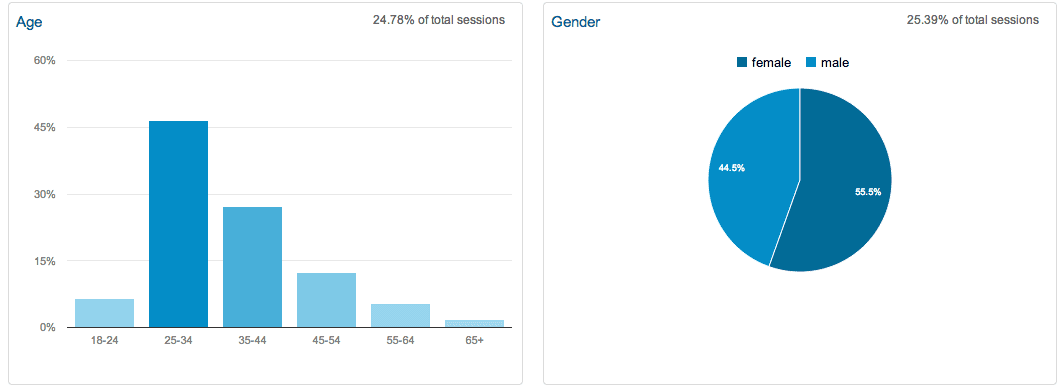 It looks like most of our audience is between the ages of 25-34, and it tips slightly toward more female readers. And that is super useful information, because:
It looks like most of our audience is between the ages of 25-34, and it tips slightly toward more female readers. And that is super useful information, because:
- We can research to find out what topics that age group prefers.
- We can see that we are writing for two audiences at once, almost equally male/female.
Creating smarter content means knowing the demographics of your audience, and writing to fit them.
Click To Tweet#2 - Interests: Affinity And Market Segment
Discovering what specific topics your audience is interested in reading about is like finding gold. According to Google, the affinity category was "built for businesses interested in running a TV ad on a local station, or those currently running a TV ad who would like to extend the reach of a TV campaign to an online context for an efficient price." The In-market segment are those people who are "researching products and actively considering buying a service or product like those you offer." The Other category is for those who aren't in either affinity or in-market, but are likely to visit your site's offerings based on interests they've shown online.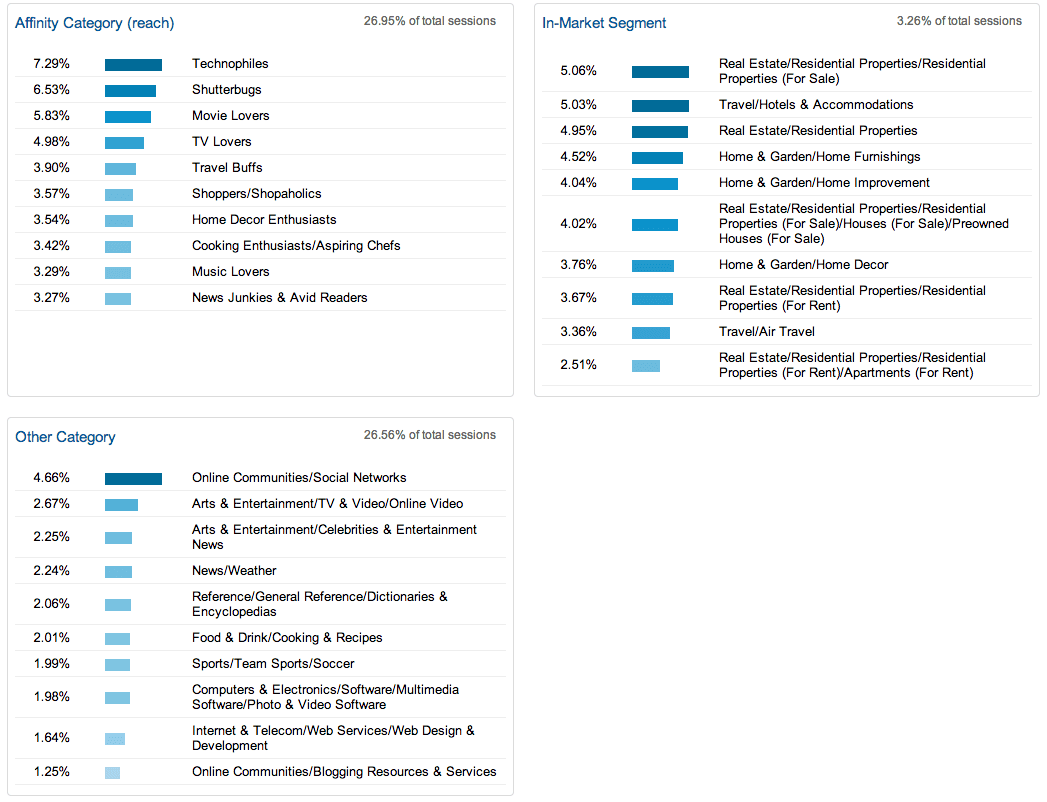 Google Analytics is providing this information to help you buy ads, not write content, so when it comes to the interest categories available, they are definitely ad-focused. Even though you aren't using this information to purchase ads, it can still help you see what topics your readers are interested in.
For CoSchedule, we currently have readers that are interested in tech, entertainment, and social media. That makes sense; our content seems to be fitting the people who would be interested in our product. Our content is attracting the right reader.
What is fascinating is the In-Market segment, which tends to resemble the kind of content CoSchedule users are creating. Remember how much of our user base was using Pinterest, and what the typical Pinterest content was? Home, food, and lifestyle! Our users have distinct interests in the content they are creating, and have created an "interest" trail online that is reflected here.
It helps to know what specific kinds of topics to write about, and to not have to worry that someone outside of your demographics might not like it. While you don't purposefully want to alienate, you don't have to worry about making everyone happy, either.
Google Analytics is providing this information to help you buy ads, not write content, so when it comes to the interest categories available, they are definitely ad-focused. Even though you aren't using this information to purchase ads, it can still help you see what topics your readers are interested in.
For CoSchedule, we currently have readers that are interested in tech, entertainment, and social media. That makes sense; our content seems to be fitting the people who would be interested in our product. Our content is attracting the right reader.
What is fascinating is the In-Market segment, which tends to resemble the kind of content CoSchedule users are creating. Remember how much of our user base was using Pinterest, and what the typical Pinterest content was? Home, food, and lifestyle! Our users have distinct interests in the content they are creating, and have created an "interest" trail online that is reflected here.
It helps to know what specific kinds of topics to write about, and to not have to worry that someone outside of your demographics might not like it. While you don't purposefully want to alienate, you don't have to worry about making everyone happy, either.
#3 & 4 - Geography And Mobile
The last two that will be useful are geography and mobile demographics. Knowing where your readers are located is helpful, not just because of language, but because it makes you aware of the different cultures you are addressing. CoSchedule's readership is heavily skewed toward the United States, but we do have readers all around the world. This fits, again, with our user base. Being aware of the different cultures can help you:- Know whether or not your holiday-themed posts will make sense to your audience.
- Avoid content that is a cultural/social faux pas in countries your audience resides.
- Avoid phraseology or comparisons that would confuse or offend your audience.
Using Google Analytics Demographics For Smarter Content
Now that you know this is available, how can you put it to work for your own content?Learn About Demographics
Knowing that most of your readers are female and around age 25 won't help you much if you don't know what kind of things interest the average 25-year-old female. There is plenty of research and information online, but you have to know how to find it. Here are a few sites that specialize in demographics: As always, data is only as valuable as your ability to interpret it into something usable for you.Create Reader Personas
This data that Google Analytics is providing you tells you who is reading your content now. It doesn't mean you can't change your content, but it does give you an idea of what to change it to if you want to keep your current audience. You can use the information Google Provides to create a kind of reader persona that helps you stay focused on what you write. With a user persona in mind, you can write conversationally as if you were speaking directly to them. You know better what to write when you know who you are writing it for.
With a user persona in mind, you can write conversationally as if you were speaking directly to them. You know better what to write when you know who you are writing it for.
The Missing Audience Data In Google Analytics
Remember that "25% of total sessions" issue I pointed out? The data that Google uses to compile these reports isn't the whole picture; it isn't 100% of your total sessions. Google gathers this data using "third-party DoubleClick cookie and device identifiers." That means that when a cookie isn't associated with a specific user, Google can't come up with demographics and interests for you. In other words, the data you have is only partial. It's a subset of your users, and doesn't match your overall traffic that you see elsewhere in Google Analytics. Additionally, Google doesn't want you to be able to identify specific users, and so some data is removed if that data hits a threshold where an identity might be determined. Still, even with those two gaps in place, you are being given a wonderful amount of specific data about your current audience. It is a significant tool for guiding you, and you won't find this level of information elsewhere. Remember, Google Analytics audience reports are not the end-all method of determining who your audience is, but they are certainly another tool for your content marketing toolbox.Enable Google Analytics Demographics
Before you can use Google Analytics demographics and accessing this information, you will need to enable it in your Google Analytics account.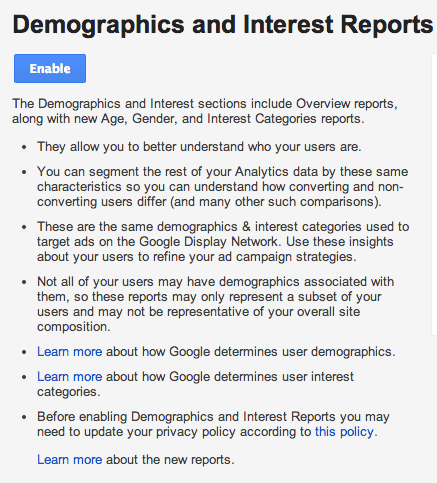 Google provides a step-by-step walk-through to help you do this.
You may need to update your analytics tracking code to make demographics work, and adjust your privacy policy as well. Once you have everything in place, you can access data about your site visitors and create content better suited to them.
Google provides a step-by-step walk-through to help you do this.
You may need to update your analytics tracking code to make demographics work, and adjust your privacy policy as well. Once you have everything in place, you can access data about your site visitors and create content better suited to them.
Get This Free Audience Demographics Dashboard
To make all of this easier to track in Google Analytics, I created a custom dashboard for us in our CoSchedule Google Analytics account. If you'd like to use the same dashboard in your own Google Analytics, you can easily install our custom dashboard here. Each visual widget is linked to the report supplying the data, so it's easy to dig into more detail if you want to just by clicking the title of the widget.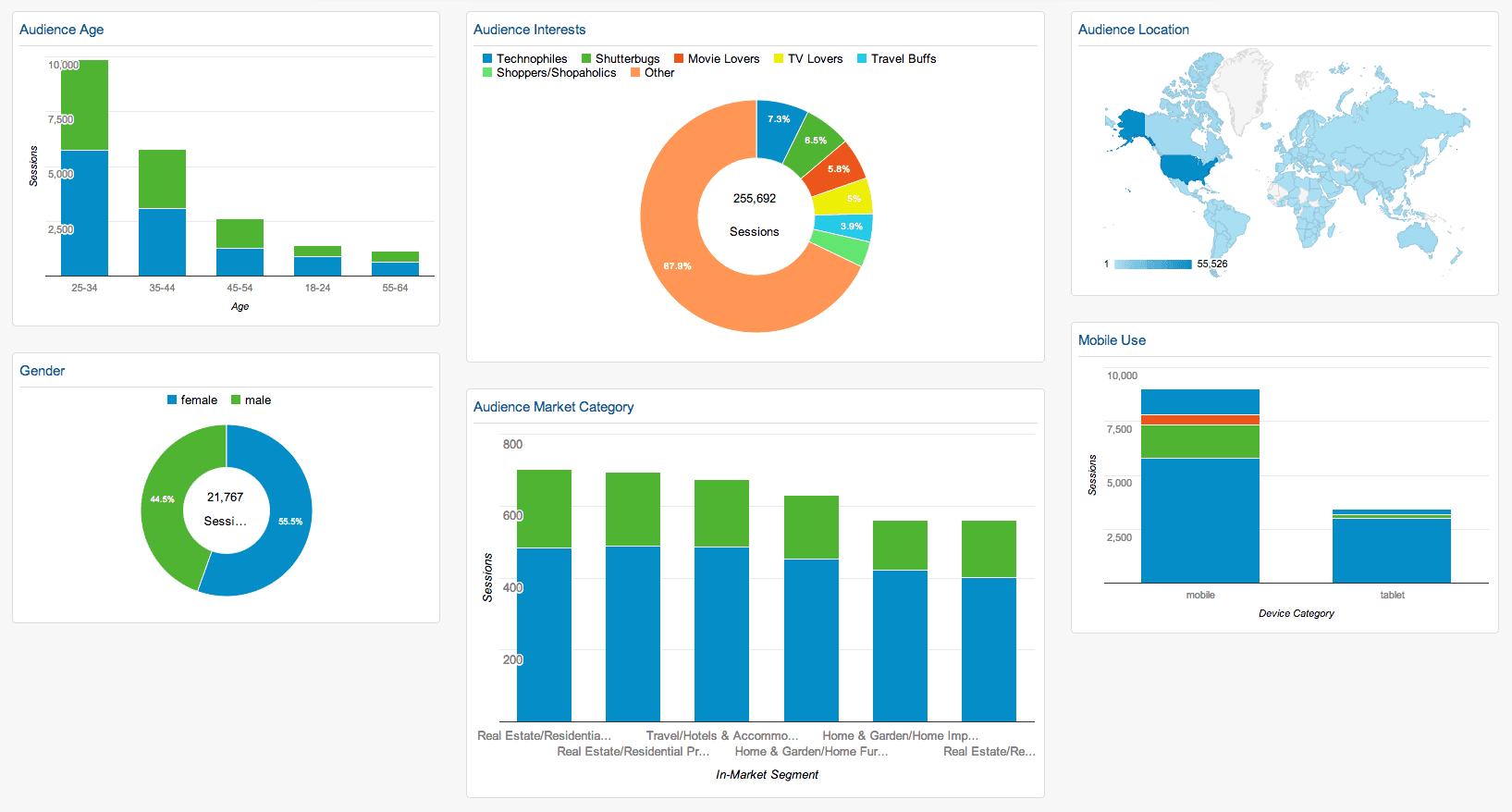 Our custom Google Analytics audience demographics dashboard makes all of this easy.
Feel free to customize this dashboard any way you'd like for your own use.
Our custom Google Analytics audience demographics dashboard makes all of this easy.
Feel free to customize this dashboard any way you'd like for your own use.
Get a free Google Analytics audience demographics dashboard for your #ContentMarketing
Click To Tweet

